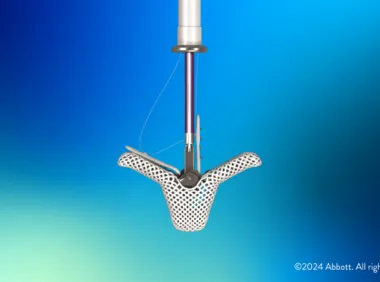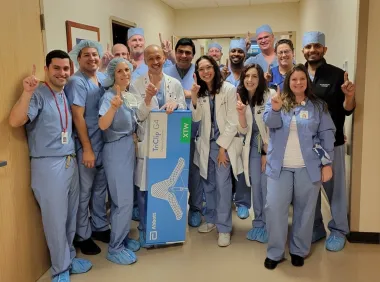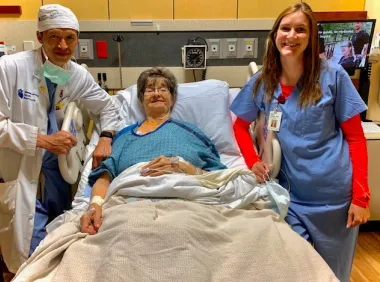Tricuspid Valve Research
At the Minneapolis Heart Institute Foundation (MHIF) Valve Research Center, we're making exciting strides in tricuspid valve research. Our world-class team leads groundbreaking studies and trials that are shaping the future of tricuspid valve care.
Innovations for the “forgotten valve”
|
Image
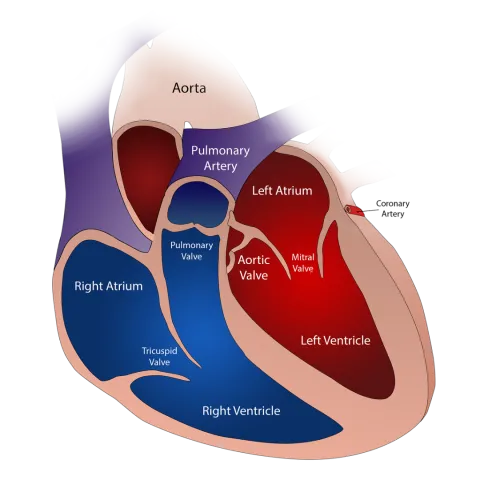
|
The tricuspid valve is often called "the forgotten valve.” Why? Its problems are more rare and subtle than other valves, and sometimes overlooked in heart health checks. But the tricuspid valve is vital to good health. If someone has a leaky tricuspid valve—also known as tricuspid regurgitation—they may be short of breath, tired, and retain fluid.
At the Valve Science Center, our world-class team is actively involved in tricuspid research and clinical trials aimed at improving patient outcomes worldwide. This work is in partnership with Allina Health Minneapolis Heart Institute® physicians.
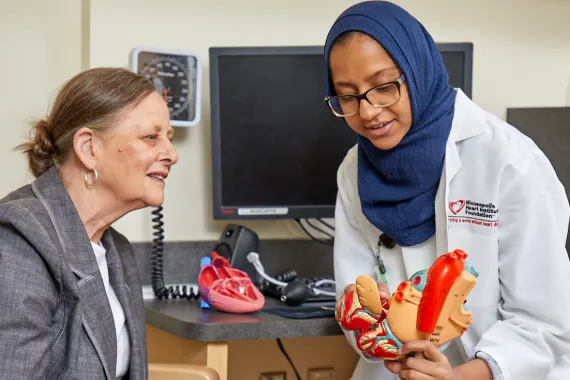
Enroll in a clinical trial
Advancing your own care starts with one simple question. Ask your doctor: “Is research one of my options?” The answer could be the difference in discovering a new treatment you and others may need to live well and manage a challenging heart or vascular condition.
If you or someone you care about would like more information about research participation, talk to your doctor, and learn about the benefits of participating in research as well as how to contact our team here:
Patient success story
Tricuspid regurgitation
After open-heart surgery and several rounds of chemo for breast cancer, Chris Jackson developed tricuspid regurgitation, a serious heart valve disease. Chris joined the TRILUMINATE research trial and received a minimally invasive tricuspid valve clip, which fixed her leaky valve and dramatically improved her quality of life.
Sign Up For Our Newsletter
Stay up to date on MHIF news, events and the latest information on heart disease treatment and prevention.

